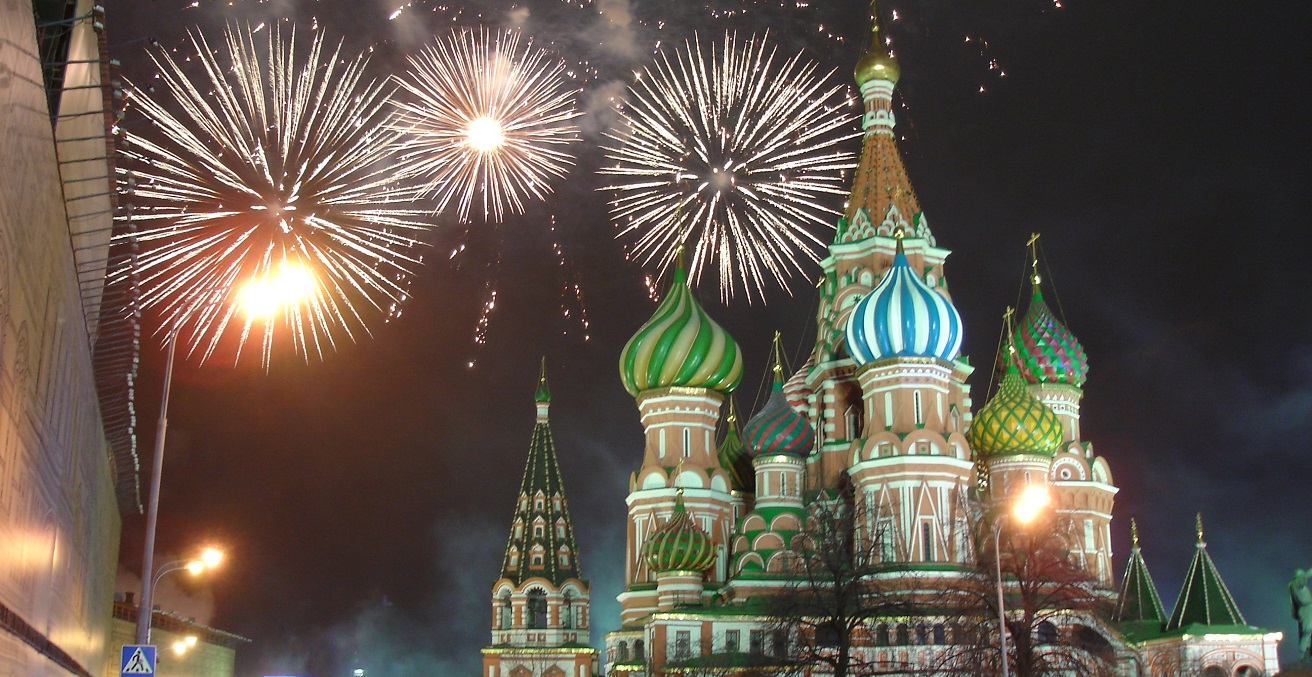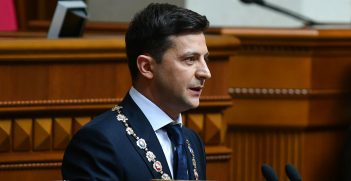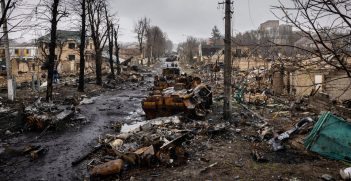Russia and Australia: 75 Years of Cooperation

Seventy-five years since the first Australian embassy opened in Russia, on 26 January 1943, Moscow wants to strengthen dialogue with Canberra to build a regional architecture of equal and indivisible security based on a non-aligned approach.
Last year marked the 75th anniversary of the establishment of diplomatic relations between Russia and Australia. The ensuing decades have been rich in events which give us plenty of examples of joint efforts for the benefit of our countries.
The history of Russia’s contacts with the Australian continent is centuries long. On 16 June 1807, the Russian sloop Neva called at Port Jackson (today’s Sydney) to replenish its stock of provisions and fresh water. The same year Lachlan Macquarie, a young officer who later became a prominent Australian politician and governor of New South Wales, visited Baku, Astrakhan, Moscow and St Petersburg on his way from Australia to London as a member of a diplomatic mission. Between 1807 and 1835, 15 Russian vessels, including the ships on which famous Russian seafarers Faddey Bellinsgauzen and Mikhail Lazarev set sail to search for the Antarctic, called at Port Jackson and Hobart.
In the middle of the 19th century, the number of Russian immigrants in Australia started to increase. In 1857, two consular missions were opened in Melbourne and Sydney to protect the interests of Russian nationals. Australian tradesmen James Damyon and Edmund Paul were appointed honorary vice consuls. Later, the Russian Empire appointed honorary vice consuls in Adelaide, Brisbane, Port Elizabeth, Hobart and Perth. In 1894, the Russian Honorary Vice Consulate in Melbourne was raised to a Consulate.
In London, on 10 October 1942, the USSR and Australia signed the Agreement on the Establishment of Diplomatic Relations. On 2 January 1943, Australian diplomats travelled to Kuybyshev (today’s Samara) to set up an embassy which was opened on 26 January, Australia Day. The Soviet diplomatic mission was established in Canberra in 1943.
We remember the support provided by Australia to our country during the harsh years of the war against fascism. Australia launched a broad campaign ‘Sheepskin for Russia’, thanks to which our soldiers received about 400,000 sheepskin coats from Australia, and Soviet hospitals were supplied with about 40 containers of medicine and medical equipment. The allied convoys, with the participation of Australian pilots and sailors, played an important role in the defeat of Nazism. For their distinguished service, they have been awarded Ushakov medals, as well as jubilee medals to commemorate succeeding anniversaries of the Victory in the 1941–1945 Great Patriotic War.
During the Cold War, the relations between our countries remained mutually respectful. There were exchanges of messages at the top level on the most acute issues of international security, including the nuclear disarmament problem. The two countries signed a trade agreement (1965) and a number of other intergovernmental documents. In 1975, Edward Gough Whitlam became the first Australian prime minister to visit our country. Ten years later the volume of trade turnover peaked, exceeding $1 billion.
Nowadays, our countries maintain political dialogue, including at the highest level. President of the Russian Federation Vladimir Putin met Prime Minister of Australia Malcolm Turnbull on the sidelines of the G20 summits in Antalya (November 2015) and Hangzhou (September 2016) and the APEC forum in Lima (November 2016). Naturally, the two countries’ approaches do not always coincide, but Russia is ready for broader cooperation based on mutual respect, the rule of law, non-interference into domestic affairs and regard for each other’s interests.
The legal framework of bilateral relations continues to improve. Our countries have signed several agreements: on the avoidance of double taxation (2000), on cooperation in the field of the exploration and use of outer space for peaceful purposes (2001), and on cooperation in the use of nuclear energy for peaceful purposes (2007).
We note considerable potential for building up interaction in trade and investment. In recent years, cooperation in the mining sphere has deepened. Russian company, UC Rusal has been successfully operating in the Australian market. Such mining companies as BHP Billiton, Rio Tinto, WorleyParsons and Orica cooperate with Russia. Australian coal company, Tigers Real Coal, and its Russian partner JSC “Severo-Tikhookeanskaya Ugolnaya Kompaniya” (“North‑Pacific Coal Company”) are jointly developing the Amaam coking coal field in the Chukotka Autonomous Region.
Cultural and humanitarian ties have been steadily enhanced. In the past two years, Australia hosted the performances of famous Russian musicians Maksim Vengerov and Denis Matsuev, as well as conductor Valery Gergiev with the London Symphony Orchestra. Russian pianists Andrey Gugnin and Arseny Tarasevich-Nikolaev won the Sydney International Piano Competition. In 2016, the annual film festival, Russian Resurrection, was successfully held in five Australian cities—Brisbane, Canberra, Melbourne, Perth and Sydney—and remains a memorable event. The State Hermitage Museum, which organised such exhibitions as ‘Alexander the Great’ (2013) and ‘The Legacy of Catherine the Great’ (2015), is a regular and welcome guest in Australia.
The Russian side annually allocates state scholarships for Australian citizens to study at Russian universities. A number of leading universities of our countries, such as Lomonosov Moscow State University, the Saint Petersburg Mining University and the University of New South Wales, are implementing the programs of cooperation and student exchange.
Australia has become home to many outstanding Russians, among whom was the world-renowned anthropologist and ethnographer, Nicholas Miklouho-Maclay. Today, more than 100,000 compatriots live in Australia; there are Russian language print and online media outlets, and festivals of Russian culture are held regularly.
Russia and Australia interact at the international level, primarily in the Asia-Pacific, a region whose role in world politics and economy is steadily increasing. Moscow is interested in strengthening dialogue with Canberra, an active participant in regional groupings, in order to ensure stability and steady growth in the Asia-Pacific and to build a regional architecture of equal and indivisible security based on a non-aligned approach. We are ready to increase cooperative efforts to find effective responses to numerous challenges and threats, including terrorism and extremism, based on the fundamental norms and principles of international law and the central coordinating role of the United Nations.
We are convinced that there are the necessary prerequisites for bringing Russian-Australian relations to a new level for the benefit of the peoples of our two states, in the interest of strengthening regional and global stability and security. What needs to be done is to put it all into practice.
Sergey Lavrov is the Minister of Foreign Affairs of the Russian Federation.
This article is published under a Creative Commons Licence and may be republished with attribution.





